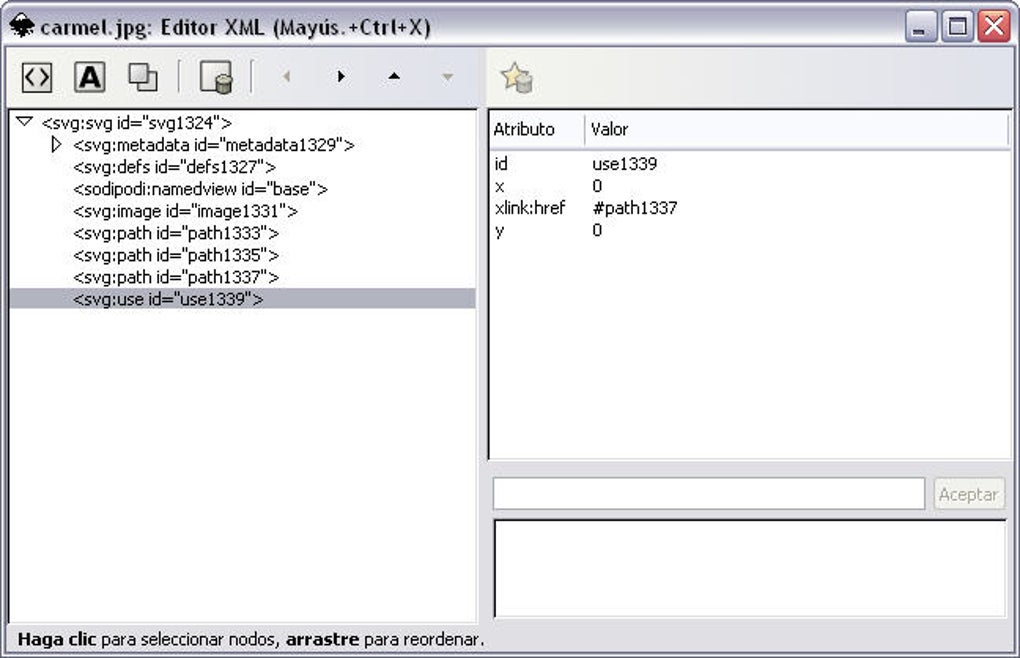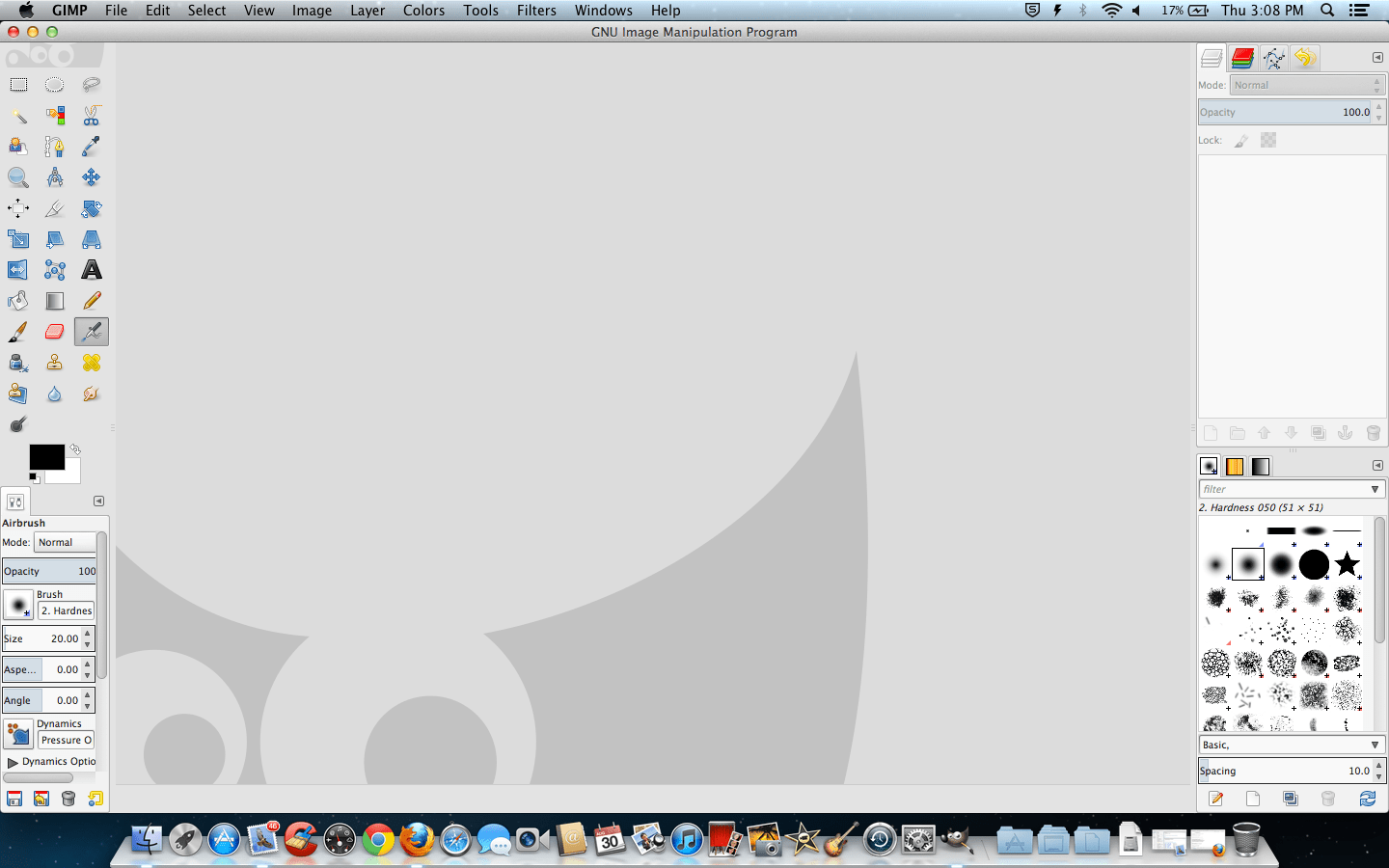


Step 2 Make the Overlay Slide Transparentįor the next step, make a copy of the PNG you just made and work on it.

In Powerpoint, make a slide with a solid background in a color that’s not in your logo.Step 1 Make the Overlay Slide in Powerpoint Only in this case, you’ll skip putting in a different background. Then in post-processing, you remove the green background and then put in a different background. They shoot a scene with two actors in a rowboat in front of a green screen. Think of yourself as a special effects guy in the movies. First you make a slide with a background and then you remove the background from the slide. Powerpoint won’t make a slide with a transparent background, so you have to do this in two steps. It has the disadvantage of being a bit of a complicated process. Using Powerpoint to make an overlay has the advantage that many people already have Powerpoint and know how to use it. Option 2 – How to make an overlay using Powerpoint Inkscape is professional quality vector graphics software which runs on Linux, Mac OS X and Windows desktop computers availalbe for free.Gimp – GIMP is a cross-platform image editor available for GNU/Linux, macOS, Windows and more operating systems available for free.The easiest way to make a graphic with a transparent background using a graphics app. Most apps default to 1280 x 720, but make sure this is the size of your screen before continuing. Here are a few of them.īut before starting with any of these tools, make sure you know the size of your screen so you can make the correct-sized slide. You can make an overlay using a variety of tools. This is a convenient way to identify your brand to your viewers. To make a digital on-screen graphic overlay, you create a slide the same size as your screen which has your logo in the corner and a transparent background so the image will show through. If you think about watching the news on TV or many Youtube videos, you’ll know just what an overlay is used for– it’s a transparent slide that overlays the screen image with a small digital graphic (aka a digital on-screen graphic, digitally origination graphic (DOG), bug, network bug), usually a logo in the corner of the screen that is used to identify the broadcaster or creator.


 0 kommentar(er)
0 kommentar(er)
